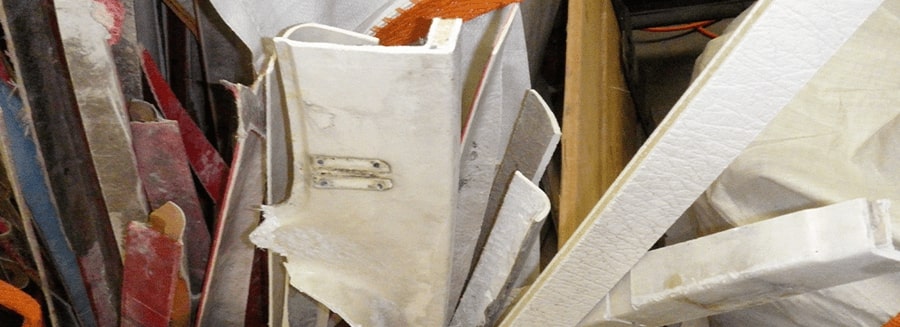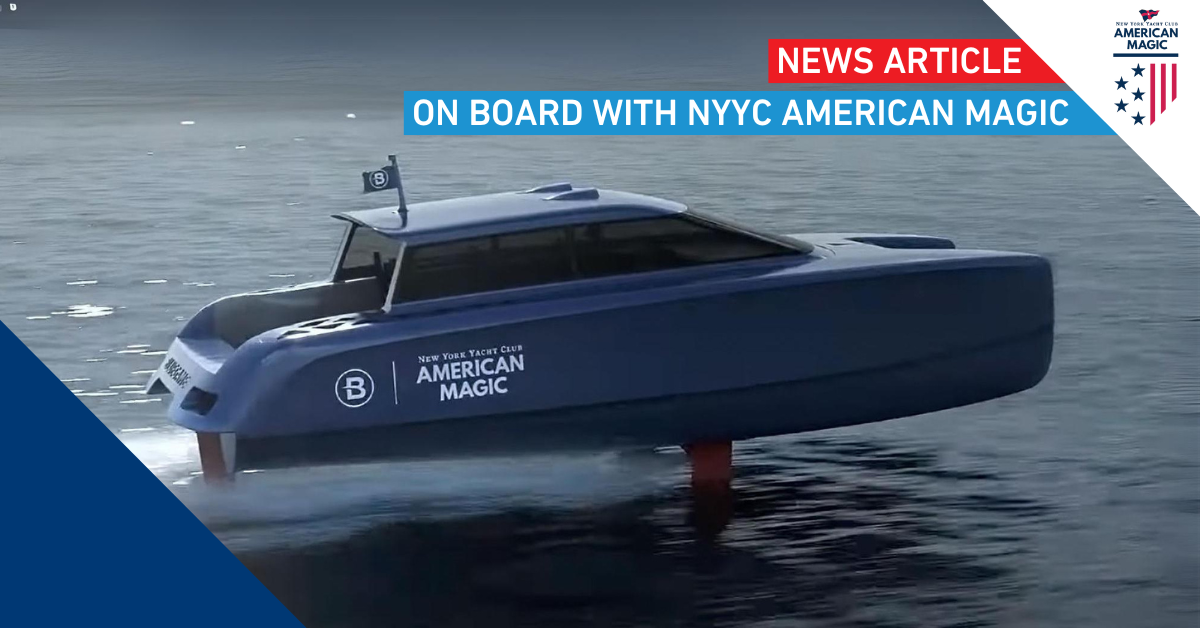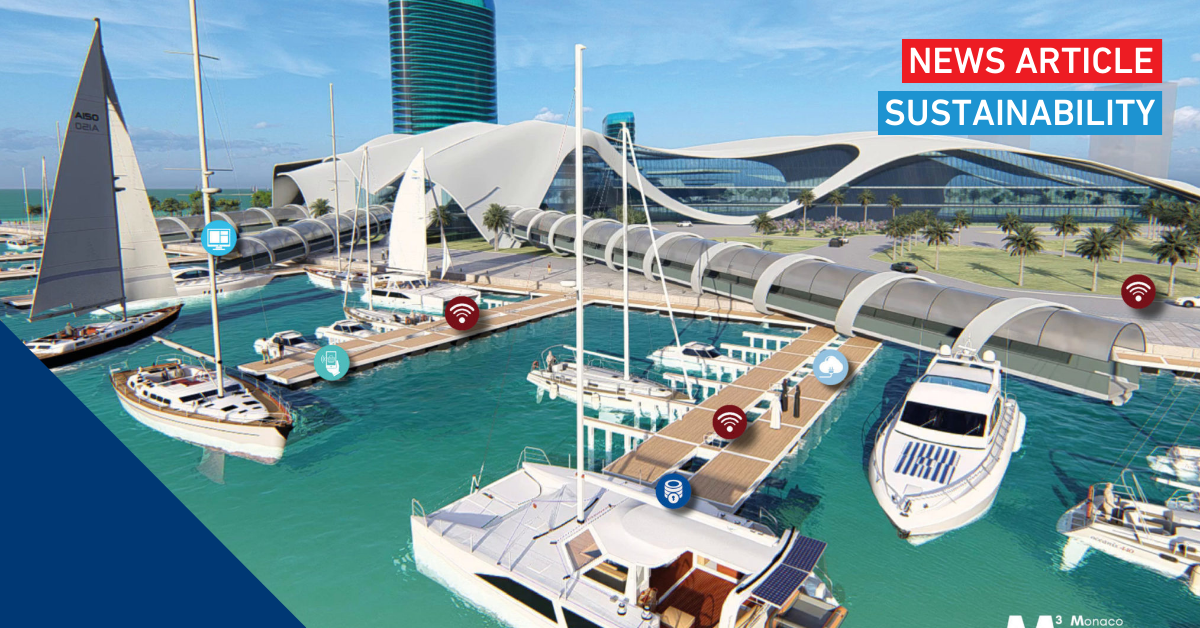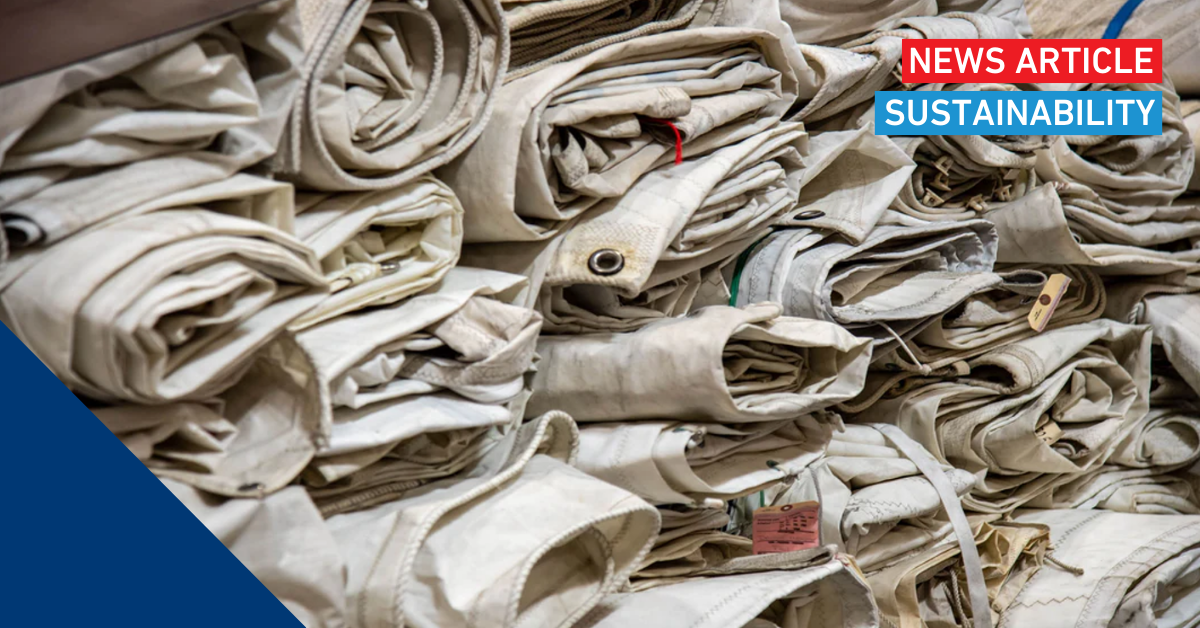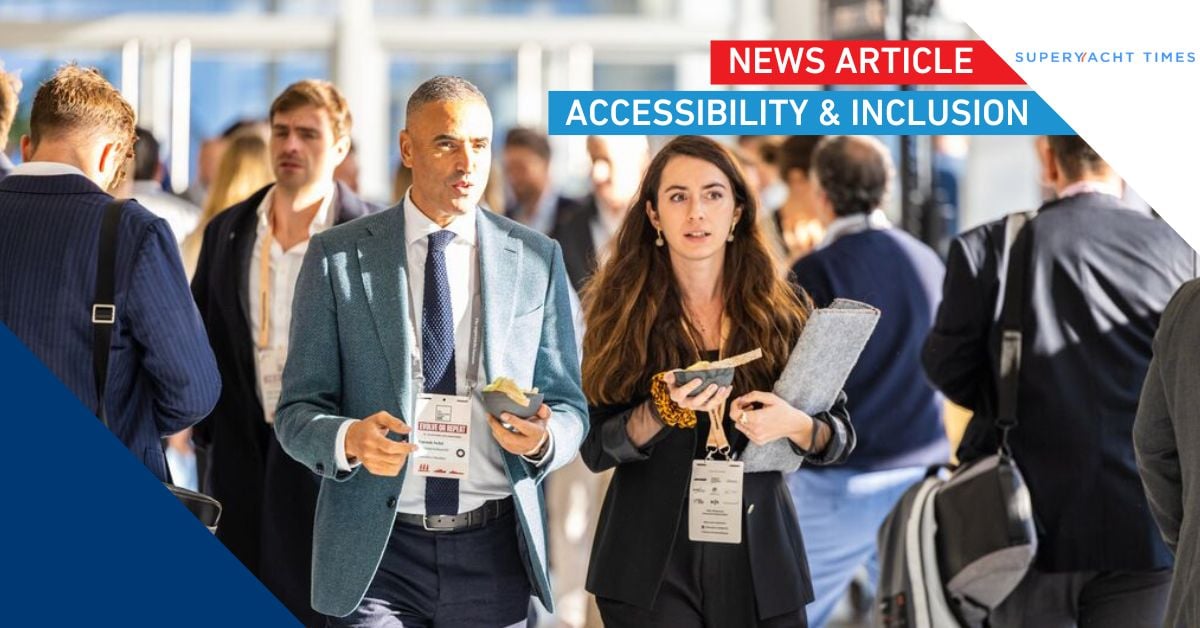Promising prospects for end-of-life composite mountain
At this year’s METSTRADE a panel of speakers will once again update visitors on the important challenge of how to deal with end-of-use boats. Growing in numbers as the years go by, and with a high percentage of them constructed from almost indestructible GRP composites, the subject has had plenty of attention at previous shows over the last five years, and now positive progress is being made in several parts of the world. At our ‘Sustainability in the Marine Industry’ Conference back in 2016, one of the speakers, Dr Albert ten Busschen, set out his ambitious plans to take redundant GRP sections from dismantled boats and ‘upcycle’, them into a new composite construction material. Albert, who is Associate Professor of Plastic Technology at Windesheim University in Holland, explained how his research and development project was aiming to cut up strips of fibreglass, and incorporate them into a new resin based matrix using a low energy process, in order to produce a new, tough long-lasting panel. These panels he suggested, could be used to replace traditional hardwood sections, typically for the linings of canal banks, of which there are thousands of miles in the Netherlands.
Now, three years later, the Windesheim project has come a long way; working with 36 partners from across the Dutch commerciall sectors, local authorities, water management organisations, and other universities, they have reached a conclusion that an economically viable production process could be established on an industrial scale. They have also confirmed that the material produced would outlast a typical hardwood panel, having been independently tested in various arduous applications. These included canal linings, dockside structures and heavy equipment gangways, all monitored over a two-year period, and found to have no deterioration in their inherent properties.
No shortage of raw materials
According to statistics produced by the European Composites Industry Association (EuCIA), there is a rapidly growing mountain of end-of-life composite materials, which will amount to almost 700,000 tons per year by 2025 in Europe alone. This is of course not only from boats, which is a relatively small percentage of the total, but from a range of sources such as, wind turbine blades, consumer goods, buildings / infrastructure, tanks, pipes and various forms of transport.
Therefore, it follows that our industry has to cooperate with others, and to seek industrial investment in production facilities that can take these raw (Eol) materials and turn them into saleable products. Windesheim University and EuCIA believe that there is a clear business case, for these large quantities of composite waste to be remanufactured into new construction materials which can be sold competitively in the market. The Netherlands waterways management and some construction companies who have been involved in the testing have said that they are prepared to buy the panels in large quantities. So, supply and demand is there, it’s now a question of linking them up via a manufacturing and distribution channel!
Principle of structural re-use
In his own words, here is Dr. Albert’s explanation of the process: The principle of the structural re-use of EoL (end-of-life) thermoset composite products is based on the use of long, oblong elements gained from EoL products which are embedded in virgin material. To achieve maximum stiffness, a high fill rate is desired and, therefore, the amount of virgin embedment material (polyester resin) is limited. Because of their oblong shape, the elements can contribute to reinforcing the new product and maximising its resistance properties.
During the testing and development phase three methods were tried at Windesheim, with a view towards minimising the amount of virgin resin material used in the application, and for arriving at a production method which offers the most flexibility for sizing of the manufactured panels for use in various applications.
The end-result analysis of these trials indicated the selection of the ‘Pultrusion’ method, which minimises the virgin material content to just 30%, (60-70% Eol), and typically produces a panel of 40mm thick, 250mm wide and 3500mm long, with an interlocking end profile.
Explainer: Pultrusion, is a continuous moulding process whereby reinforcing fibers are saturated with a liquid polymer resin and then carefully formed and pulled through a heated die to form a cast component. So, the Pultrusion method results in straight constant cross section parts of virtually any shippable length.
Share your stories on leisure marine industry with us
Do you have an innovation, research results or an other interesting topic you would like to share with the leisure marine equipment industry? The METSTRADE website and social media channels are a great platform to showcase your stories! Let us know via metstrade@rai.nl
Are you a METSTRADE exhibitor?
Make sure you add your latest press releases to your Company Profile in the Exhibitor Portal for free exposure.
